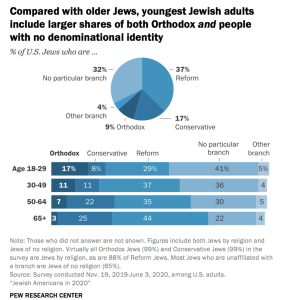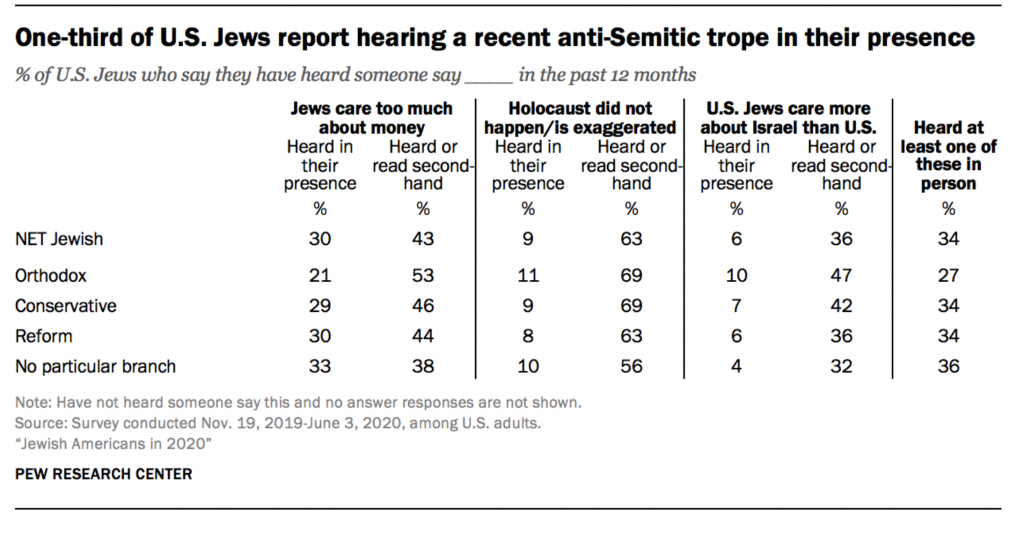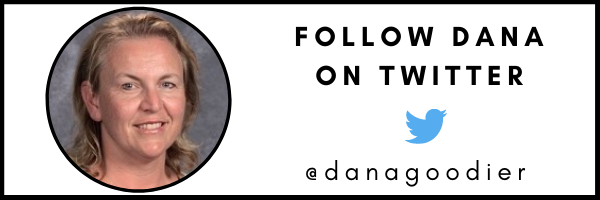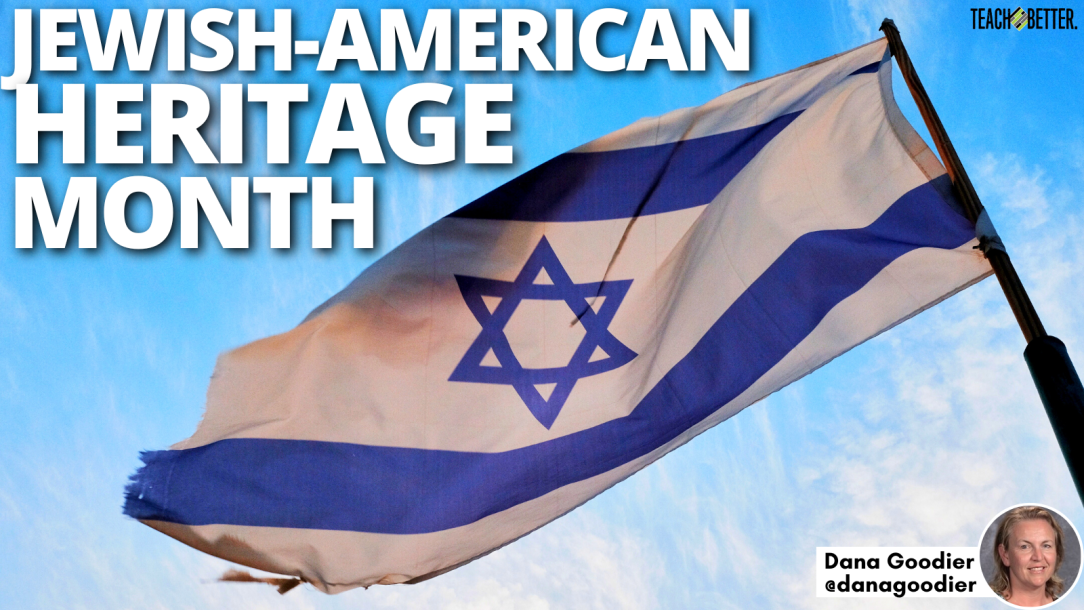TL;DR:
- There are many ways to incorporate Jewish Heritage into your teaching during Jewish American Heritage Month.
- Remembering the Holocaust and teaching about tolerance and acceptance is important.
- Look into starting a No Place for Hate Club in your school.
May is Jewish American Heritage Month. Jewish Americans have been recognized since 2006 when President George W. Bush proclaimed that May would be Jewish American Heritage Month. This month’s celebration was to recognize contributions Jewish Americans have made since their arrival in New Amsterdam in the 1650s. This month is also a time to have classroom discussions about the life of Jewish people in America—the difficulties, antisemitism, and discrimination they have faced over the years.
This month is also a time to have classroom discussions about the life of Jewish people in America — the difficulties, antisemitism, and discrimination they have faced over the years. Click To TweetActivities to Use in All Content Areas
Activities to honor Jewish Americans can be used in all subject areas. It can involve having a guest speaker speak to (or stream to) the whole student body. For example, my school is hosting a Holocaust survivor who will be speaking to a small group of students and streaming out to the rest of the student body. Students can read The Diary of Anne Frank in language arts. They can explore the play in drama class. Students in art class can access Uncovering America: Curriculum Set for Teachers by the National Gallery of Art. National Endowment for the Humanities made a documentary in 2008 that social studies teachers can use. This site offers a list of illustrated books for children in Hebrew and Yiddish from the early 1900s. Students can discuss their drawings and their historical context.
Holocaust Remembrance Week
Many schools and student-catered news broadcasts honored Holocaust Remembrance Week in April. On CNN10, they had a Holocaust survivor’s story on the April 17 episode if you’d like to pull it up in May to use as a discussion point. You can also use the lives of familiar Jewish Americans from the past century for research such as Jerry Seinfeld, Ruth Bader Ginsburg, Albert Einstein, Irving Berlin, and Barbara Streisand.
Results of the 2020 Pew Research Poll of Jewish Americans
Some interesting facts from the 2020 U.S. Census include statistics about 73% of today’s Jewish Americans are Jewish by religion and 23% are Jewish of no religion (meaning they consider themselves ethnically Jewish but identify as atheist or agnostic). The older the population is, the more likely Jewish Americans are to consider themselves practicing the faith and rituals. 
This image shows which branch of Judaism practicing Jews who answered the Pew Research poll identified with. When asked what was important to Jewish Americans, 7 in 10 of those researched said that remembering the Holocaust (76%) and leading a moral and ethical life (72%) are essential to their Jewish identity (source: Jewish Americans in 2020 | Pew Research Center). Another interesting piece of research was identifying why or why not younger Jewish Americans attend synagogue.
A Rise in Antisemitism in the Last Decade
In the same survey, most Jewish Americans said they perceive a rise in antisemitism following a rise in mass shootings targeting the Jewish community since the Tree of Life Synagogue attack in 2018. Seventy-five percent said there is more antisemitism in the U.S. than in 2015. Another point to recognize is the antisemitic rhetoric Jewish Americans who were surveyed heard.
Despite the evidence of a rise in hate crimes, antisemitic rhetoric, slurs, and graffiti, those surveyed said they acknowledge there is much more hate towards the BIPOC, LGBTQ+, Muslim, Asian, and Hispanic communities in recent years. 
How to Start a No Place for Hate Movement
There is much more to use in your classroom during Jewish American Heritage Month. You may also want to combine some activities about Jewish Americans with Asian American Heritage Month. School clubs like No Place for Hate can take on planning events such as having guest speakers come in and making posters/digital graphics to have around the school (or on tv screens that are used for announcements). If your school does not have a No Place for Hate club, look at their website for how to start one.
About Dana Goodier
Dr. Dana Goodier has 23 years of experience in education. She has taught World Languages and English and worked as a middle school administrator. She completed her doctorate degree (Ed.D.) in Educational Leadership early 2020. For her dissertation, she researched reasons parents were opting their students out of high-stakes testing at middle schools and how that affected the district accreditation rating.
She often speaks at conferences, providing educators with techniques to minimize off-task behavior and to increase time on task. Goodier is the host of the “Out of the Trenches” podcast, which features educators who share their stories of resiliency. She is also the author of the book, “Out of the Trenches: Stories of Resilient Educators.”
Follow her on Twitter @danagoodier and visit her website at: www.danagoodier.com




